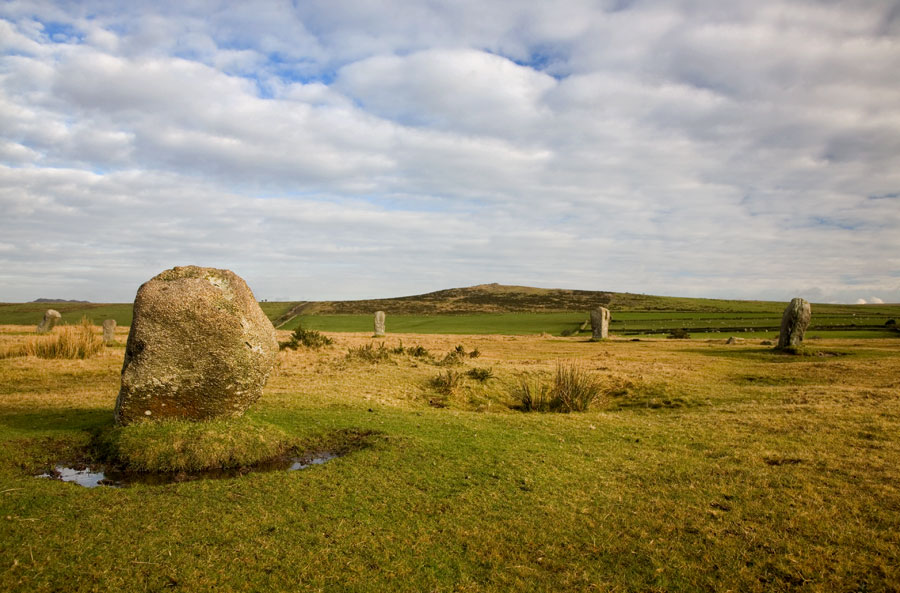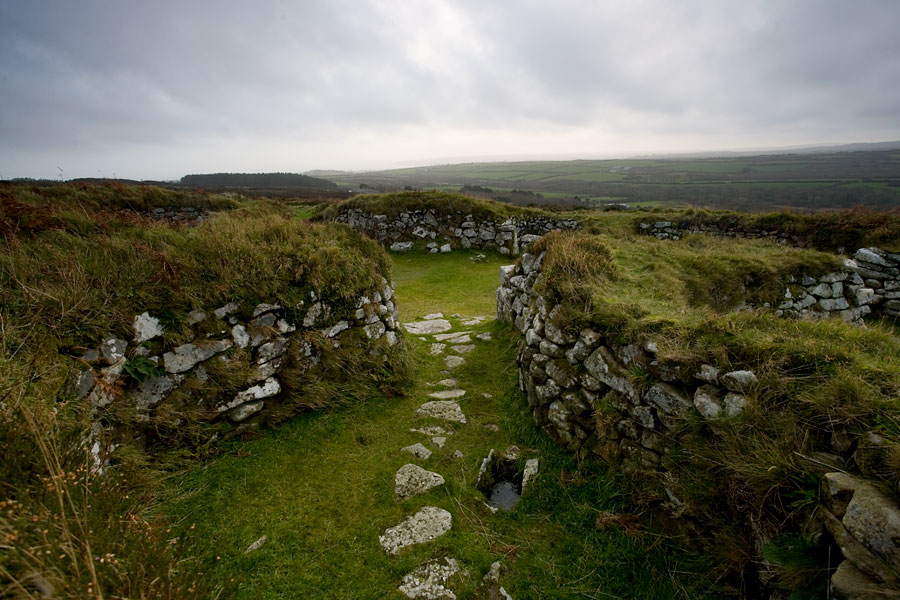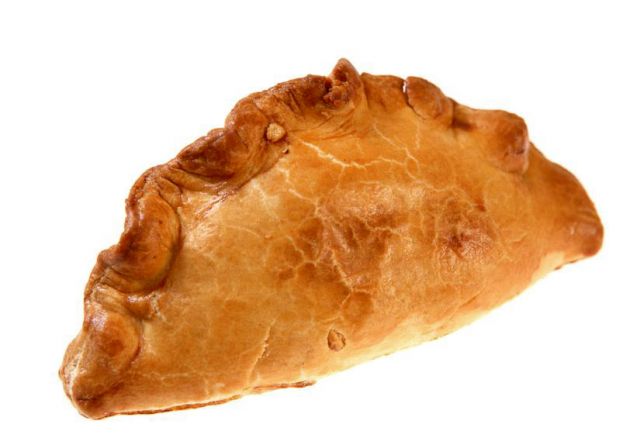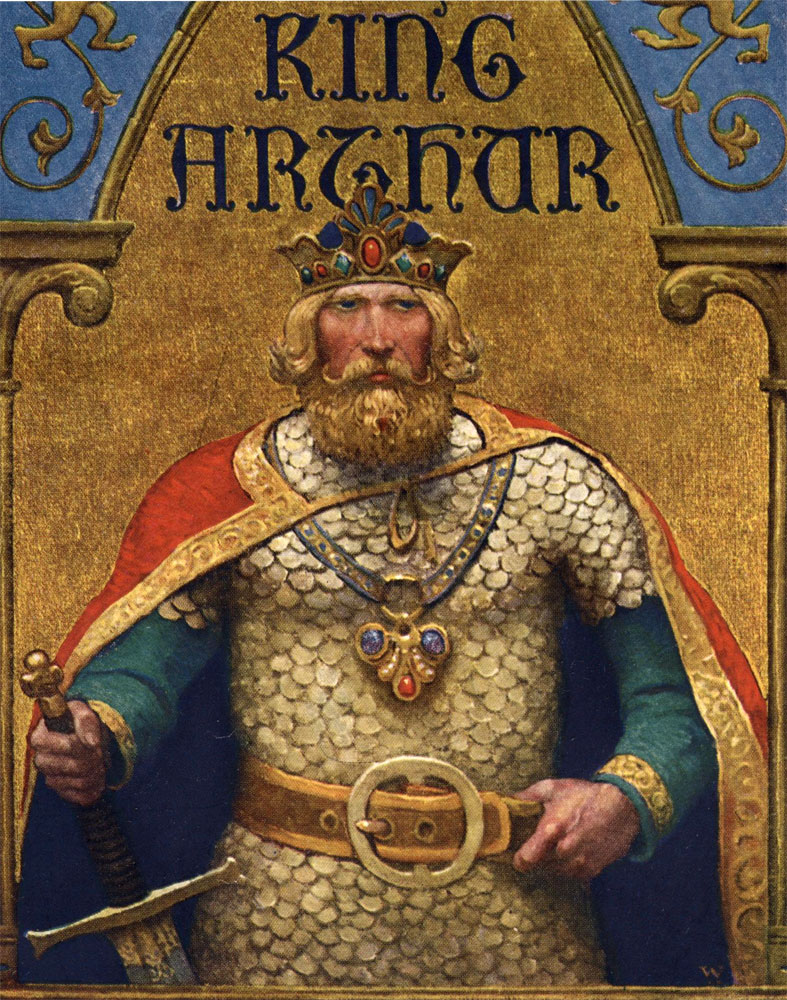

Courtesy of Cornwall Guide
CORNISH HISTORY
Cornwall has a long and rich history with many ancient sites worth exploring.
The name Cornwall is most likely derived from the tribal name 'Cornovii' which probably means the 'horn people' - the horn referring to their location at the end of the south-western peninsula.
To this the Anglo-Saxons added 'Wealas' meaning 'foreigners'. This is also the derivation of the name of the country Wales.
Cornwall was first settled by hunter-gatherers in around 10,000 BC - the mid Stone Age. It is during the Bronze age that the early Cornish created most of the ancient stones and megalithic sites that are found throughout the county.
Many legends associate King Arthur with Cornwall. He was said to have been born in Tintagel, at the home of Gorlais, Earl of Cornwall. It was here that Uther Pendragon seduced Igerna, Arthur’s mother. The castle ruins at Tintagel are 11th century, but there are signs of a much earlier settlement. Merlin’s Cave is below the castle is known as and the magician is said to haunt it. Arthur is said to be reincarnated as a Cornish chough.
King Mark was said to have lived at Castle Dore, Fowey (where Seaview Lodge is located). Legend says that Mark sent his nephew, Tristan, to Ireland to bring back the fair Iseult to be queen. However, the young couple accidentally swallowed a love potion and fell passionately in love. Iseult married Mark and the story inevitably had a tragic ending.
For more information on Cornwall’s fascinating history please follow this link www.cornwalls.co.uk/history/ancient

